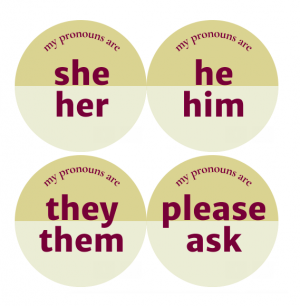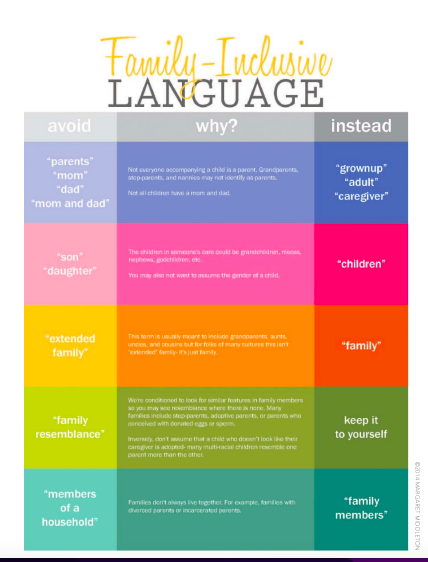Article by: Jackson Rhodes
MA Candidate: Museum Education, Tufts University
I interned this summer at a small historic house museum. A combination of factors, namely the museum’s isolated location and a lack of resources, placed it in a precarious position. Multiple staff were hired in the month prior to my arrival, and during my final days in July, I learned of a few staff who were going to quit in the weeks following my departure. Addressing all the reasons for that is worth the dedication of a paper much longer than this. Rather, I’m going to focus on one of my biggest takeaways from the internship, and how I believe it can speak to museums regardless of field or scope.
Although it was somewhat audacious, this summer I had hoped to institute something actionable that addressed core institutional problems and affected my museum positively. I eventually realized that organizing internal communication, an overlooked concept at the museum, satisfied my hopes. Unfortunately, the best I could do was to leave a list of recommendations on how to organize better communication strategies, even just turning attention to internal communication was monumental. Where bi-weekly staff meetings were the only guaranteed means for cross-departmental dialogue, consolidating communication efficiently can lead to innumerable benefits that benefit the staff professionally and personally.
That realization came from reading “The Power of Habit” by Charles Duhigg. Besides exacerbating my fear of corporations and reinvigorating my self-confidence (I’m not sure how better to recommend this book), Duhigg introduced me to the concept of a keystone habit. These habits are the catalysts of chain reactions that, through discipline and willpower, dislodge and reshape existing habits. Crucial to that is isolating what can reasonably be accomplished. A popular example of what can’t be reasonably accomplished is all of our New Year’s Resolutions: If your goal is too high, the threshold of willpower to maintain that motivation often becomes impossibly high.
Internal communication as a keystone habit was specific to where I worked; The practice of identifying those habits and routines is what can strengthen museums universally. It’s crucial to note that there are pitfalls to this practice and that the task is complex and sometimes self-contradictory. Whittling down to an issue’s core with “why” statements while retaining awareness of the museum’s entirety of perspectives, and then building around an identified keystone habit was my method of impromptu evaluation. I tried to be as methodical and patient as I could in arriving at my conclusions, which of course I would encourage whenever possible.
Cultural and political reckonings have forced museums to question their good to their communities and, indeed, to themselves. Despite never taking a formal evaluation course, I’ve learned over the past year that organized, impactful evaluation is a theme consistently present in thriving museums. My museum this summer was particularly victimized by uncontrollable factors, but evaluation is within our control and ability. By evaluating with awareness and compassion, museums provide themselves clarity on how best to evolve, serving for the good of themselves and their communities.




